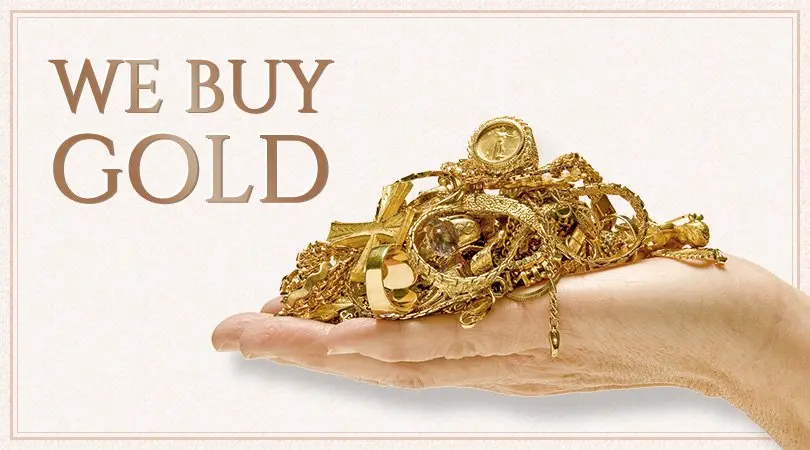Securing Clarity and Integrity in Aurum Provision Chains By means of Creative Traceability Approaches.
Securing Clarity and Integrity in Aurum Provision Chains By means of Creative Traceability Approaches.
Blog Article
Golden is a valuable commodity that has been pursued after millions of years. It is used in jewelry, electronics, and even as a form of money. However, the journey the metal takes from quarries to consumers can be complicated and often lacks clarity. This means that it can be difficult to know where the material comes from and whether it was mined in a way that honors ethical standards and the environment. Innovative traceability solutions are developing as vital tools to ensure the reliability of precious metal distribution systems.
One effective method for improving transparency in gold logistics networks is the use of distributed ledger technology. Blockchain creates a secure digital ledger that logs every exchange involving bullion, from the mine to the retail store. This technology allows all participants in the distribution network, including miners, dealers, and consumers, to see where the material has been and confirm its origin. By using blockchain, organizations can provide evidence that their metal is ethically sourced, helping to build trust with customers who are increasingly aware about ethical sourcing.
An additional tracking method involves the use of unique ID tags for gold products. These tags can include QR codes or radio-frequency identification chips that store information about the metal’s source and journey through the supply chain. When consumers scan these tags, they can access detailed insights about the metal’s history, including where it was extracted and how it was refined. This level of visibility not only helps customers make educated purchasing choices but also encourages responsible practices within the industry.
In addition to digital approaches, partnership among stakeholders is essential for ensuring trustworthiness in precious metal logistics systems. Regulatory bodies, non-governmental organizations, and companies must work together to develop defined policies read this article and criteria for responsible mining practices. By promoting initiatives such as fair trade certification, these entities can empower workers who adhere to transparent practices while also guaranteeing that end users have access to ethically mined gold. Collaboration fosters accountability and creates a unified approach to tackling issues related to transparency in the market.
Ultimately, maintaining openness and credibility in precious metal supply chains supports everyone involved. Consumers gain confidence in their purchases when they know their gold is sourced responsibly. Responsible practices can lead to improved working Check This Out conditions for extraction workers and enhance ecological responsibility. As advanced tracking technologies continue to progress, they hold great promise for transforming how we view and engage with this commodity throughout its lifecycle from mine to market. The long-term outlook of precious metal supply chains looks more promising as these approaches pave the way for a more ethical industry.